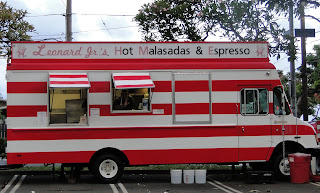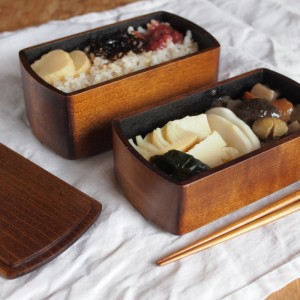Food Trucks in Hawaii

Food truck popularity has been sweeping the country with most mentions discussing the New York or California markets. Now that I am in the food truck biz myself, it's ironic to think back to my own experience in the early 80s on Oahu where it wasn't uncommon to find Leonard's iconic red and white striped truck selling hot malasadas on the North Shore. It made perfect sense to bring the islands favorite donuts to the famous waves of the north shore so locals living miles away from Leonard's brick and mortar bakery would be able to enjoy them hot and fresh. The original Leonard's Bakery is located in Honolulu on Kapahulu Ave. not far from the Honolulu Zoo. Founded in 1952, Leonard is credited with bringing the Portuguese treat to the islands. One of my favorite things to do is to pick up a pink box of fresh hot malasadas and take them down the street to Queen's Beach to gobble them down with a carton of milk, also purchased at Leonard's. If you're



